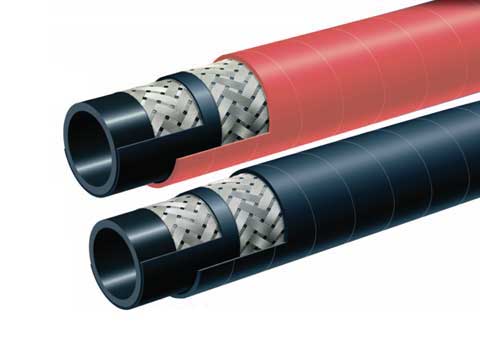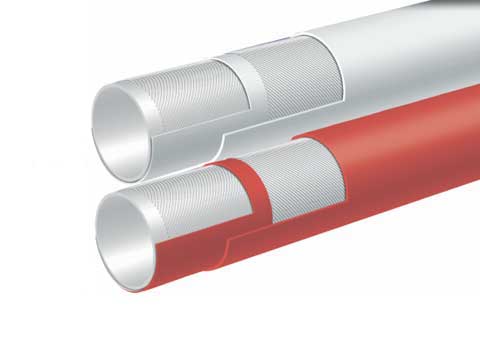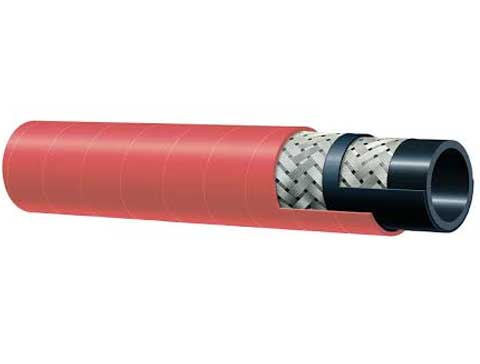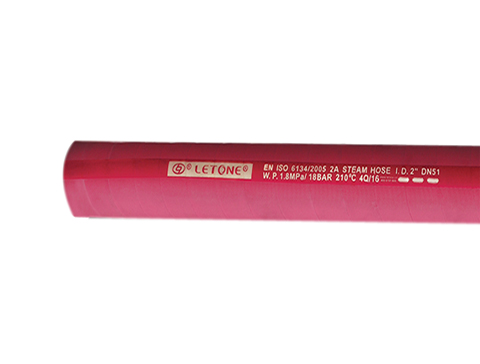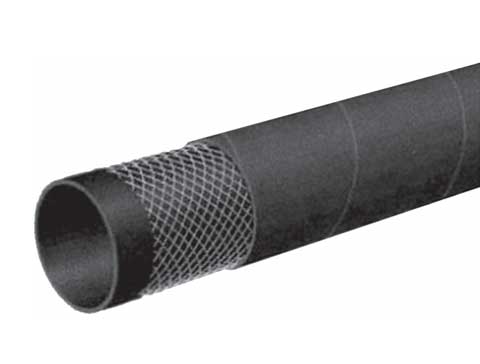API hoses are an essential component in various industrial fields, such as oil and gas, mining, chemical processing, aerospace, and transportation. They play a critical role in the efficient operation of many equipment systems and must be stored properly to ensure their longevity and performance. This article will discuss the proper storage techniques for API hoses to maintain their integrity and effectiveness.
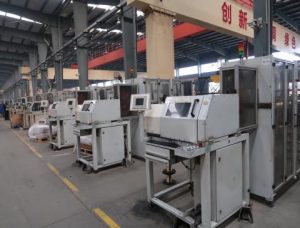 Subheading 1: Choosing the Right Storage Location
The first step in storing API hoses is selecting the right location. It is important to choose a storage location that is dry, cool, and free from direct sunlight or extreme temperatures. The storage location should also be well-ventilated to prevent moisture buildup, which can cause damage to the hoses over time. Additionally, it is important to avoid storing API hoses near flammable materials or other hazardous substances that could pose a risk to their safety.
Subheading 2: Storing the Hoses in Their Original Packaging
When storing API hoses, it is important to keep them in their original packaging to ensure their protection from damage during storage. The packaging should be securely fastened to prevent movement or displacement during storage. It is also a good idea to label the packaging with the hose's identification number and any other relevant information, such as the manufacturer's name and contact details.
Subheading 3: Avoiding Overloading the Storage Area
Overloading the storage area with too many API hoses can put unnecessary stress on the hoses and cause them to become misshapen or damaged. It is important to only store the number of hoses necessary for the application and to ensure that they are evenly distributed throughout the storage area to prevent any uneven weight distribution. Additionally, it is important to avoid stacking API hoses on top of each other as this can cause pressure points to form, which can lead to leaks or other damage.
Subheading 4: Regular Inspection and Maintenance
Regular inspection and maintenance of API hoses are crucial for maintaining their integrity and ensuring their longevity. During inspection, it is important to check for any signs of wear or damage, such as cuts, cracks, or frayed edges. Any damaged hoses should be replaced immediately to prevent further damage or failure. Additionally, it is important to clean the hoses regularly to remove dirt, debris, or other contaminants that could cause build-up over time.
Conclusion
In conclusion, proper storage of API hoses is essential for their longevity and performance in various industrial fields. By choosing the right storage location, storing the hoses in their original packaging, avoiding overloading the storage area, and performing regular inspection and maintenance, users can ensure that their API hoses remain in good condition and perform reliably over time.
Subheading 1: Choosing the Right Storage Location
The first step in storing API hoses is selecting the right location. It is important to choose a storage location that is dry, cool, and free from direct sunlight or extreme temperatures. The storage location should also be well-ventilated to prevent moisture buildup, which can cause damage to the hoses over time. Additionally, it is important to avoid storing API hoses near flammable materials or other hazardous substances that could pose a risk to their safety.
Subheading 2: Storing the Hoses in Their Original Packaging
When storing API hoses, it is important to keep them in their original packaging to ensure their protection from damage during storage. The packaging should be securely fastened to prevent movement or displacement during storage. It is also a good idea to label the packaging with the hose's identification number and any other relevant information, such as the manufacturer's name and contact details.
Subheading 3: Avoiding Overloading the Storage Area
Overloading the storage area with too many API hoses can put unnecessary stress on the hoses and cause them to become misshapen or damaged. It is important to only store the number of hoses necessary for the application and to ensure that they are evenly distributed throughout the storage area to prevent any uneven weight distribution. Additionally, it is important to avoid stacking API hoses on top of each other as this can cause pressure points to form, which can lead to leaks or other damage.
Subheading 4: Regular Inspection and Maintenance
Regular inspection and maintenance of API hoses are crucial for maintaining their integrity and ensuring their longevity. During inspection, it is important to check for any signs of wear or damage, such as cuts, cracks, or frayed edges. Any damaged hoses should be replaced immediately to prevent further damage or failure. Additionally, it is important to clean the hoses regularly to remove dirt, debris, or other contaminants that could cause build-up over time.
Conclusion
In conclusion, proper storage of API hoses is essential for their longevity and performance in various industrial fields. By choosing the right storage location, storing the hoses in their original packaging, avoiding overloading the storage area, and performing regular inspection and maintenance, users can ensure that their API hoses remain in good condition and perform reliably over time.

